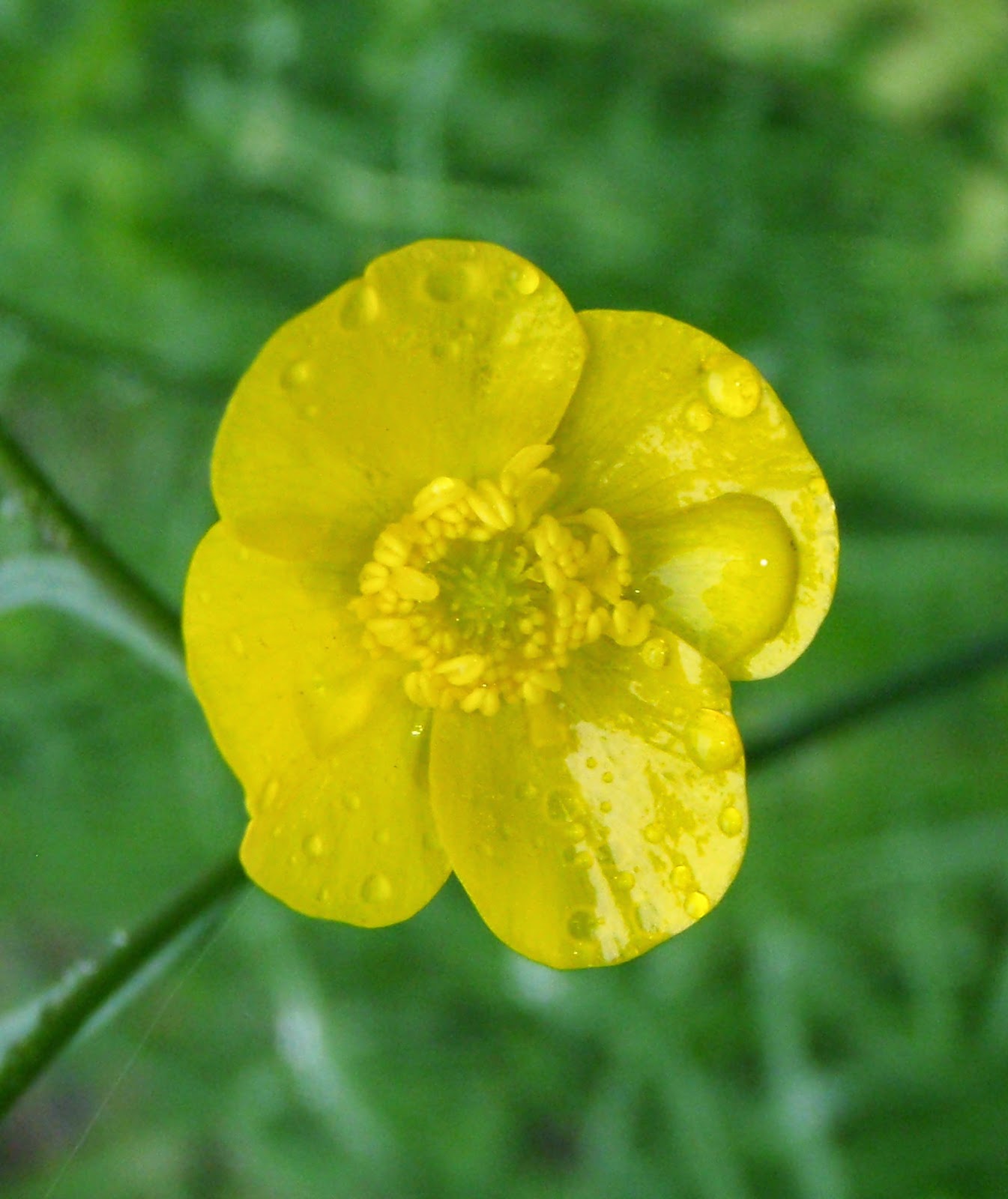Ragged Robin and Grove Sandwort are in flower.
The little butterflies known as Prairie Ringlets are flying.
The fungus known as "Dryad's Saddle" and - more to my liking - "Pheasant's Back" is flourishing.
And under my barn, Phoebe eggs are becoming Phoebes: naked, helpless and bit reptilian, but, Phoebes.
John
 |
| "Dryad's Saddle fungus |
 |
| Ragged Robin |
 |
| Prairie Ringlet butterfly |
 |
| Phoebe hatching |
 |
| Grove Sandwort |
















































